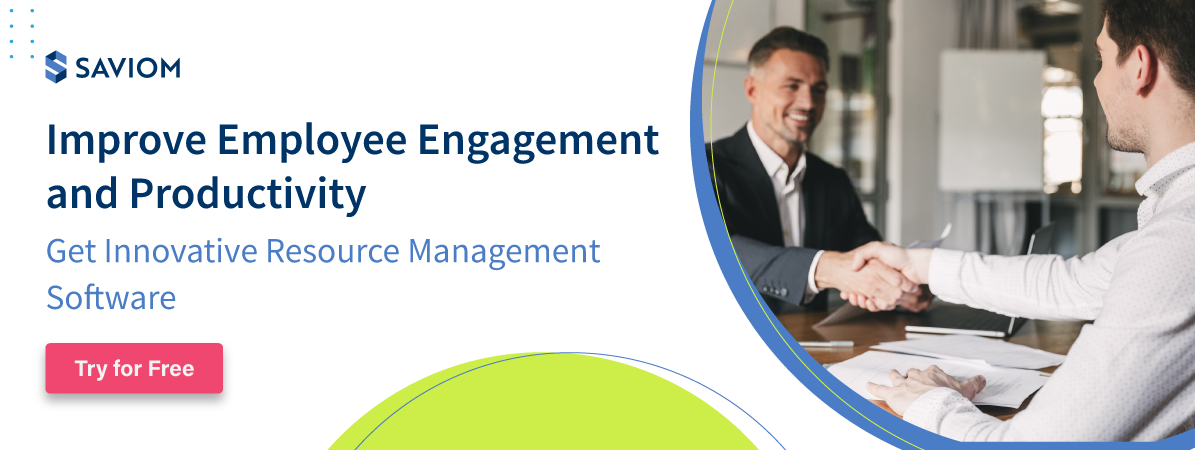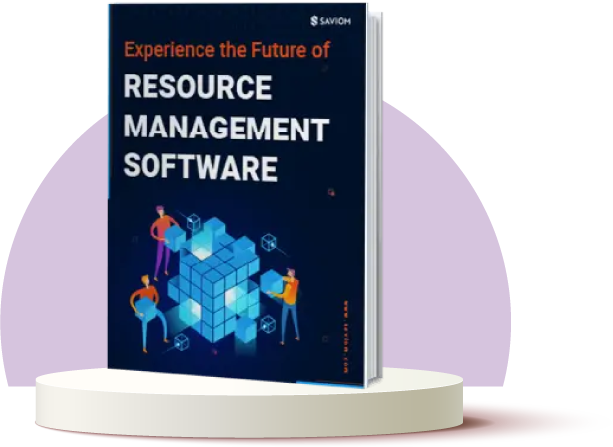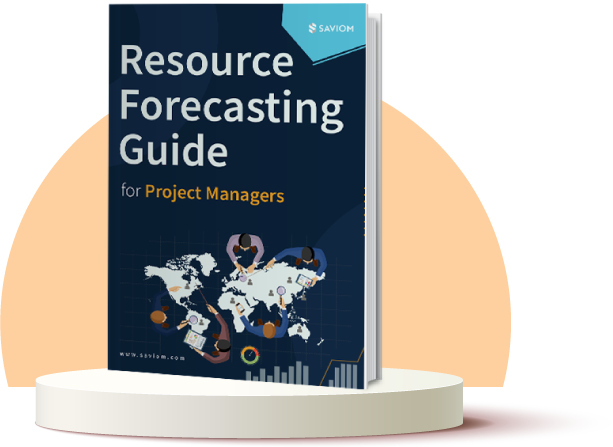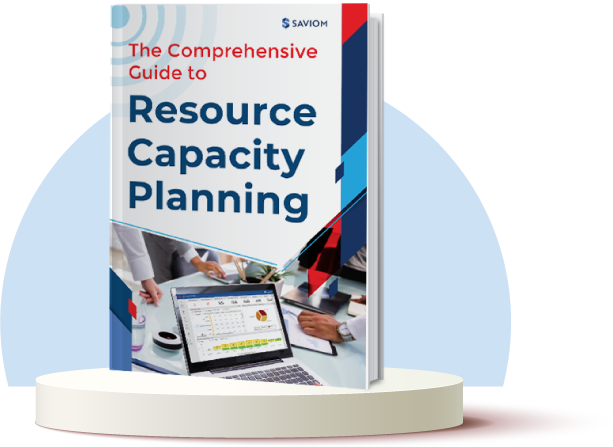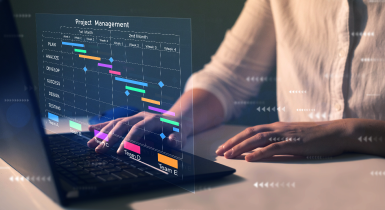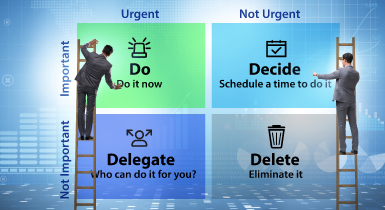As “People Glue” author Ian Hutchinson rightfully said,
“Your number one customers are your people. Look after your employees first and then customers.”
Your employees need to feel valued so that they’re motivated to keep up the excellent work. Maintaining a healthy relationship with your employees is necessary to build a sustainable organization. Mutual respect between employers and employees creates better working relationships in the long run and contributes to improving overall productivity.
An excellent way to encourage this is through rewards and recognition of their efforts at regular intervals.
In this blog, we shall discuss everything regarding employee recognition programs and how you can create one of your own.
First, let’s start with the definition.
What are Employee Recognition Programs?
Recognition is a way of showing appreciation for the extra effort or accomplishments made by anyone.
As the name suggests, employee recognition programs are organized by companies to recognize, appreciate and reward their employees for their hard work, achievements, and dedication.
Since this recognition is mainly in the form of rewards, these programs are also called “Rewards and Recognition Programs,”
Earlier, organizations restricted employee recognition programs to:
- Staff recognition programs
- An employee of the month programs
- Minor programs organized to thank the staff
But now, most companies arrange innovative recognition programs such as a point system, a social wall, reward nominations, and so on to make all the employees feel admired.
Read More: How Workforce Planning Prevents Employee Burnout Down the Line
Employee Recognition: 5 Common Misconceptions
Although most organizations have changed their ways of celebrating their employees’ work, many are still reluctant to deviate from the traditional methods. It is mainly because some employers have certain misconceptions or myths about employee recognition programs. Due to this prejudice, leaders do not invest sufficient time or resources into them.
Here are the five most common fallacies of employee rewards and recognition that employers have harnessed over the years:
Money is the only motivational factor
Most leaders believe that if they increase the salary of their employees, they can keep them directed towards the company and motivate them.
On the contrary, a survey conducted on voluntarily resigned employees revealed that 80% left the organization, not because of money but due to the lack of appreciation.
Recognition programs are time-consuming
Most owners believe that employee recognition is time-consuming. But in reality, acknowledging an employee’s efforts and appreciating him/her in routine work may not take more than a few seconds or a few minutes. For example, praising an employee’s action in the stand-up meeting can boost his/her self-confidence. It will set an example and motivate others as well.
Appreciation programs are expensive
It is a common belief amongst decision-makers that recognition programs cost their business a lot of money. But that’s not true. Giving due recognition to an employee can be free of cost and yet positively impact employees.
As per The Incentive Research Foundation, non-cash recognition, such as appreciation, is more effective than cash bonuses, pay raises, and stock options.
These programs are only for top performers
It’s a common belief that the people who are doing well should only get appreciated. But it is not only for high-performing employees; it’s for everyone. Every employee deserves recognition and appreciation for their efforts. It boosts their productivity levels, and they put in more work.
In a recent study conducted by the University of Southern California, over 40% of millennials want recognition for their work at least once a month or more.
Recognition is for people who don’t receive a bonus
Companies think that those who have not received any bonus or hike should get recognition. But that shouldn’t be a qualification criterion for employee recognition.
Recognition is for all. Employers should not limit who does and doesn’t receive credit. That way, you develop a culture of appreciation, collaboration, and shared values.
Now that we know recognition is essential for everyone in the company, let’s understand the various programs that can be a part of your organization.
Types of Employee Recognition Programs
Some gestures of recognition are grand at boosting short-term motivation, while others are better at promoting long-term commitment. Let’s look at the different types of credit that will help in motivating employees and keep them engaged in their work.
Structured Recognition Programs
Structured programs are more traditional, and often, managers or senior leaders offer gratitude and appreciate the employees for their service. These programs are formal or ceremonial, organized at a fixed time that includes all employees. Here is a list of the different structured recognition programs:
- An employee of the Month program: An employee is selected each month based on the work that he/she has done as the top employee.
- Yearly or quarterly reviews: These review meetings occur periodically over the year. During these reviews, managers offer personalized and sincere recognition to employees for them to prosper.
- Years of Service Awards: These ceremonies offer gratitude to those who stay with the firm for a long time.
Read More: How to Reduce Absenteeism in the Workplace
Unstructured Recognition Programs
Unstructured recognition programs focus on personalized and spontaneous appreciation. Here are some of the unstructured recognition programs:
- Peer-to-Peer Recognition: In this form of recognition, coworkers offer each other gratitude anytime. For instance, LinkedIn has introduced a way of appreciating a colleague with a unique badge to commemorate one year of connection.
- Gamified recognition: Gamified recognition means appreciating an employee’s work with the help of digital recognition tools. Managers can award virtual badges, trophies, or points to the employees for their work.
- Celebrations of essential milestones: Managers often celebrate important employee milestones such as birthdays, weddings, children’s birth, and so on. This way, employers can develop a personalized attachment with the employees.
- Internal employee newsletter: Sending out an internal newsletter can help everyone know about an employee’s achievements. For instance, highlighting an employee’s accomplishments in the newsletter can be a good way to showcase recognition. It will also help increase engagement within the team.
Read More: How Resource Management Facilitates a Healthy Work-Life Balance
Benefits of Employee Recognition Programs
Recognition programs have become popular over the years, and there are a few significant reasons behind their growth. These programs are beneficial not only for the employees but for the companies as well. The following are some of the advantages of rewards and recognition programs:
Increased productivity
Demotivation can result in employees distancing themselves from work. But when they are praised and appreciated for their contribution, it increases their motivation and drives their focus towards achieving their goals.
According to Deloitte,
“Recognition improves employee engagement and job performance. Companies that recognize their employees have 14% higher employee engagement, productivity, and performance than those without.”
Read More: The Effects of Low Productivity on Business Growth
Attract potential applicants
According to an SHRM survey,
“56% of HRs said recognition programs help with recruiting new candidates.”
A periodical rewards program is not just great for boosting employees at the workplace. It also reflects a positive outlook for the organization. Happy employees foster a productive and healthy work environment, which attracts more people to join the organization. It also allows you to work with skilled people who will add value to the company.
Better employee retention
A hostile work environment can prove costly for the company. For instance, if your employees are frequently putting down their papers, the costs of hiring and training new members can affect the company’s bottom line.
According to SHRM,
“The average cost to hire an employee is $4,129, with around 42 days to fill a position.”
Identifying the contribution of your employees can be an effective measure to build the morale of your employees. A well-planned employee rewards program can help achieve better results when coupled with a well-functioning employee retention strategy.
Read More: What is Workforce Planning, and How to Master it for Business Efficiency?
Drive engagement
According to research on employee engagement,
“58% of employees say that the leaders could drive more engagement with employee recognition.”
When employees are appreciated, it uplifts their spirit. They feel their work is noticed, which escalates their engagement. Moreover, it also fosters trust. And employees who trust their leaders and managers are more engaged in the workplace.
An additional tool to boost health
Strenuous work exhausts employees and hampers their health. They feel demotivated and might also suffer from depression. But employee recognition programs improve employees’ health (both physical and mental) and well-being. It creates a feel-good factor in the minds of the employees. As a result, they are less prone to depression and other health hazards.
Foster good workplace culture
When people are appreciated for their efforts, it goes a long way toward making the workplace one they want to be. As their work gets praised, they take the company as a part of their life. It helps create a healthy and happy environment.
When employees recognize a positive company culture, they are more willing to put extra effort into essential tasks. They don’t just work for a paycheck but also feel happy to be associated with a healthy workplace.
Read More: Ten Effective Strategies to Reduce Employee Turnover
Steps to create an Employee Recognition Program
It takes a significant amount of planning to create an employee recognition program. Here is a rundown of the steps to create an employee recognition program.
Create and communicate the goals and objectives
The first step is to clearly define what you are trying to achieve with the program. It may be anything from increasing employee engagement, customer satisfaction to motivating employees. You need to choose the objectives for your employee recognition program.
Further, you should also make sure that these goals align with your company’s values. These programs should encourage employees to uphold and grow your company’s culture.
Set a committee to evaluate recognition criteria
The next step is to appoint a few people to manage the recognition program. The employee recognition committee will identify, develop, and implement a recognition program for their company. It will define the criteria required for the recognition programs and also assess the nominees based on that.
While building the recognition committee, you should always look for people who have:
- Interest in the program.
- Leadership skills.
- Knowledge of program benefits.
- Positive track records.
Read More: The Fundamentals of Leadership in Project Management
Determine your employee recognition KPIs
The key to a recognition program is to have meaningful criteria for recognition. It shouldn’t be biased or based on favoritism. You need to specify what factors determine success. Here are some factors to consider:
- Are all employees included in the program?
- Should the person have spent at least a year to be eligible?
- Can an employee be nominated for two recognitions?
- Will committee members be suitable as well?
- Who will have the last say in the matter?
Define the type of employee reward and recognition program
As mentioned before, there are various types of recognition programs. You must ensure which program is feasible and best-suited to meet your company’s strategic objectives. Moreover, you should know if you want to give a certificate or an award, etc.
You can also make use of tools to select the program. Moreover, you can consult with the managers to choose the type of program since they have experience dealing with humans. They can guide as they know what people might like.
Read More: A Cheatsheet to achieve a Project Manager’s career goals & objectives
Get Senior Leadership Buy-in and Commitment
Getting senior leadership buy-in is essential. The best way to get their buy-in is by showing tangible benefits of recognition programs like retention, increased employee engagement, positive impact on the business bottom line, and so on.
Moreover, since stakeholders lack engagement with employees, a comprehensive analysis of recognition use cases will garner their attention.
Follow the best practices of the recognition program as per industry standards
As the adage goes, “Practice can make everything perfect,” companies should implement new ways to create an effective employee recognition program. Here are some of the best practices for recognition programs:
- The recognition should be personal, genuine, and not forced upon.
- You should provide all employees an equal opportunity to give and receive credit.
- It would be best if you defined what the employee did for which he/she is getting rewarded.
- Acknowledge and praise your employees frequently to keep them motivated.
- Opt for public platforms to convey recognition as employees want their peers and leaders to know about their accomplishments.
Read More: The Art of Resource Planning Across Multiple Projects
Conclusion
Organizations should realize that recognition programs don’t have to be expensive or complicated. There are numerous ways to recognize employees, and various organizations have developed personalized programs to appreciate employees.
Ask your employees what type of recognition is most meaningful to them and determine what would inspire them to do their best.
SAVIOM Solution
SAVIOM has over 20 years of experience helping multinational clients manage their resources efficiently and effectively. With over 20 years of experience, this Australian-based MNC has a global presence across 50 countries and has helped 100+ clients meet their specific business goals. SAVIOM also provides tools for project portfolio management, professional service automation, and workforce planning software. So, SAVIOM can help your business to establish an efficient system geared towards your specific business challenges.

